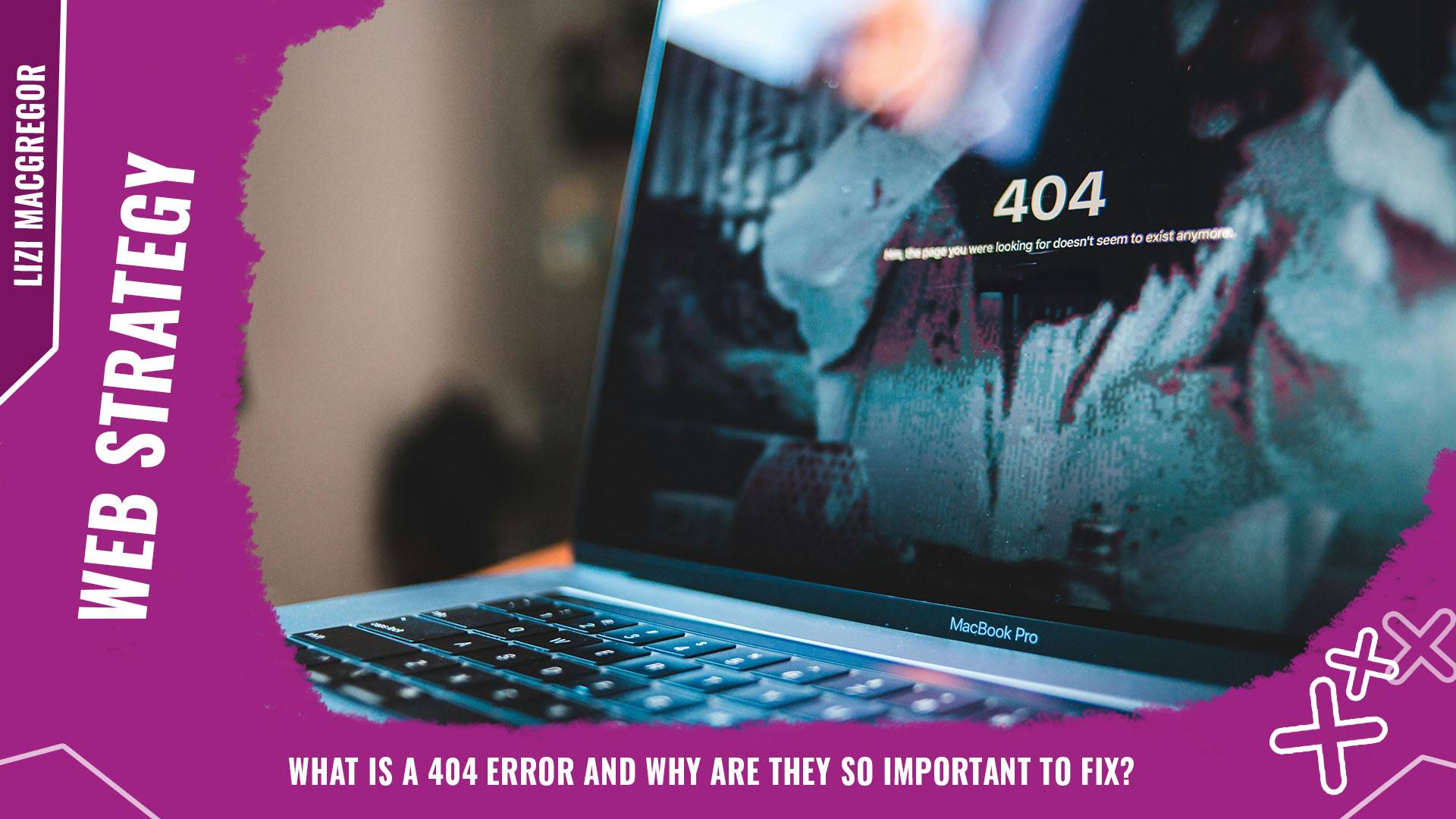Imagine you read the title of this article, were eager to read and clicked the link, only to be greeted by a “404 Error – Page Not Found” message.
Frustrating, right?
Whether you’re a website owner or just browsing online, landing on a page with a 404 error can be annoying. You’re trying to find what you’re looking for, but instead, you hit a dead end.
Fixing 404 errors is important as it helps keep your website visible in search engines and ensures that visitors to the site have a positive user experience.
When users can easily find what they’re looking for, they’re much more likely to stay on the site longer. This can lead to higher engagement and help boost visibility in the search engine results page.
What is a 404 error?
A 404 error is an error that occurs when a user tries to visit a page on a website that either no longer exists on the site, has been moved to a different URL, or cannot be found by the server.
A 404 error is the online version of visiting a shop, only to find out that it’s closed down or has moved to a new location without telling anyone.
While they may seem harmless, 404 errors can be confusing and/or frustrating to visitors to your website.
If a user is unable to find the page they’re looking for, they are, unfortunately, more likely to get annoyed, click off the site altogether and land on the site of one of your competitors.
Why do 404 errors occur?
There are many reasons why 404 errors occur, which is why it’s so important to keep on top of these. A few common reasons include:
Broken links:
A link on your website points to a page that has been deleted and no longer exists on the site.
Page moved:
The page the user is looking for has been moved without proper redirection. This can occur when the URL of the page has been changed due to website structure changes.
Restricted access:
A 404 error may occur if authentication is required to access a page and the user doesn’t have permission.
Incorrect URL:
The used has typed the URL in wrong and can’t find the page they’re looking for. For example, typing “example.com/pag” instead of “example.com/page”.
Why is it important to fix 404 errors?
Rectifying 404 errors is important as leaving them unresolved can cause several issues, such as providing a poor user experience and reducing visibility in search engine rankings.
Google prioritises websites that offer value to users, and too many 404 errors can signal poor site maintenance, which may in turn lead to lower rankings.
Not only that, but Google also allocates a limited ‘crawling budget’ to each website. If its search engine crawl bots encounter too many broken links, time is wasted. Resources would be better spent discovering and indexing the pages that work correctly.
Much like Google’s crawl bots, users will get frustrated when they click on a link only to end up on a 404 error page. This poor user experience can result in visitors leaving your website and finding what they need on a competitor site.
Fixing 404 errors makes it easier for search engine crawl bots to discover, index and display the pages of your website in the search results.
The more visible your site is in search results, the more organic traffic it can attract. When visitors have a positive experience when browsing your site, they’re much more likely to stay longer and potentially convert into customers.
Plagued with 404 errors on your site? Reach out to the team of experts at Engage Web today to see how we can help.
- Why does (not set) show in Google Analytics 4 reports and what does it mean? - November 13, 2025
- How to see where your referral traffic is coming from in Google Analytics 4 - November 4, 2025
- What are zero-click searches? - November 3, 2025




